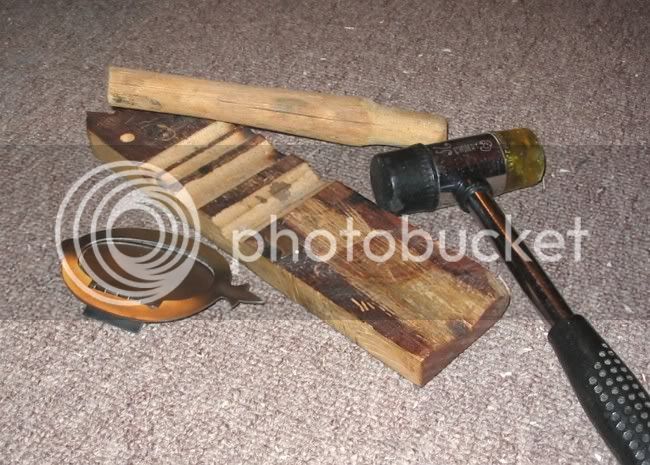Anneal the inlay (heat reddish and quench in water). Make a form of hardwood curved like the cheekpice, but "in" (female, scooped not rounded).
Place the inlay in the form aligned correctly. Press on it with a spoon or dowel or broom handle etc to make it curve right. Generally I want it a tiny bit more curved as when i inlet it tends to flatten out. Now make sure you have filed some "draft" on the inlay, 5 degrees, maybe,so it gets tighter as it's pressed in (no gaps!).
Trick: clean the outside surface of the inlay and super glue a little block of wood to it. This will help you pull it out as you inlet it. later heat a tad and it will let loose.





